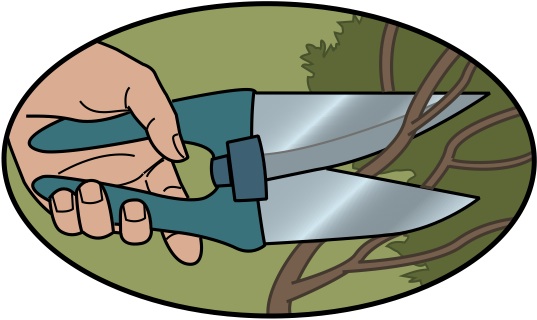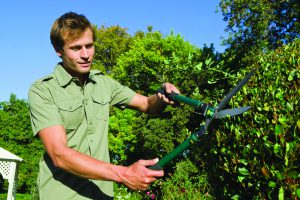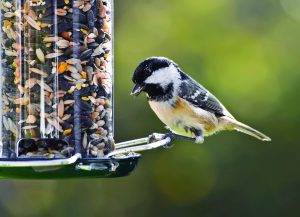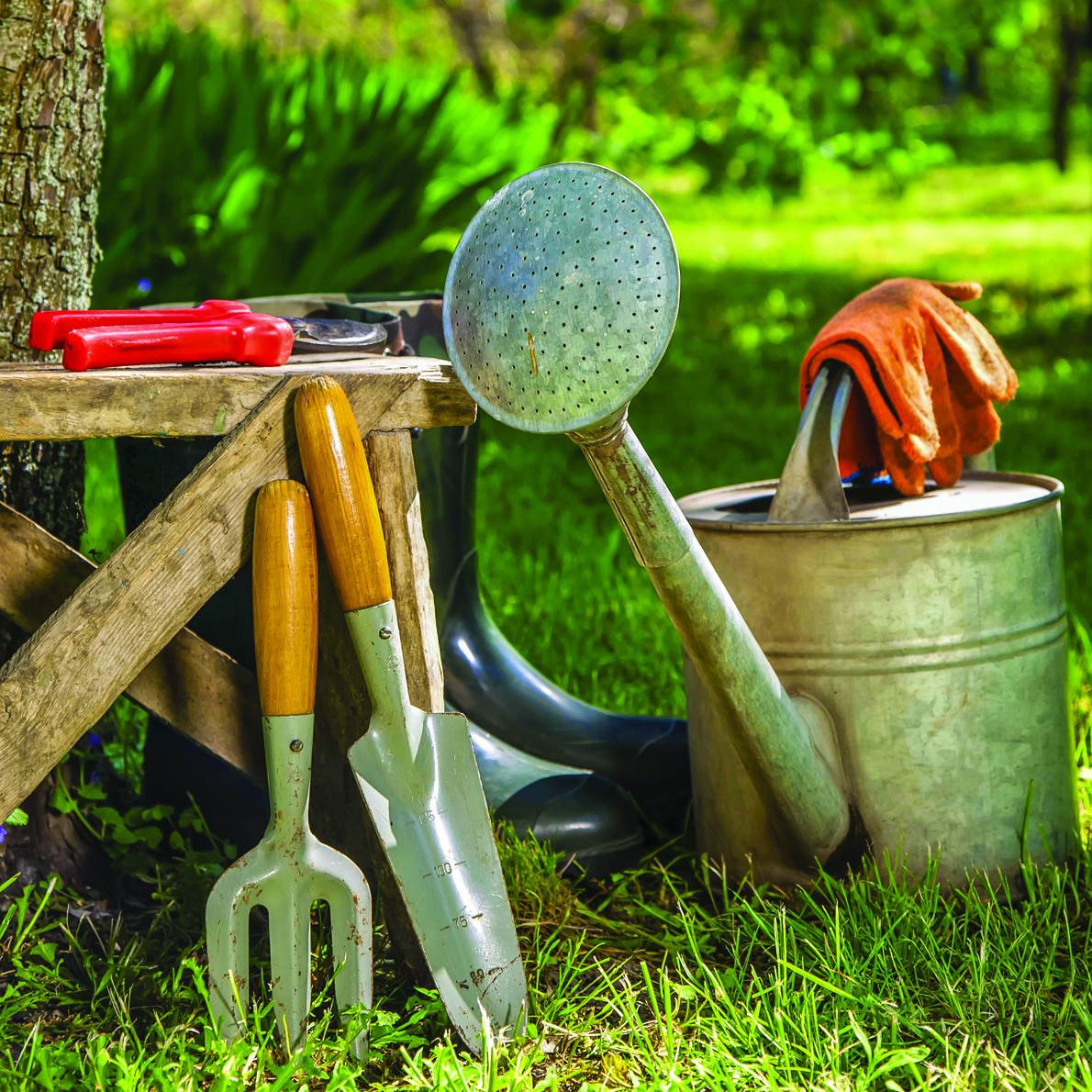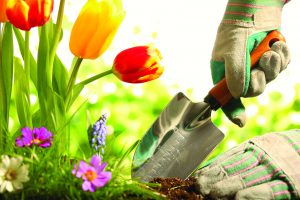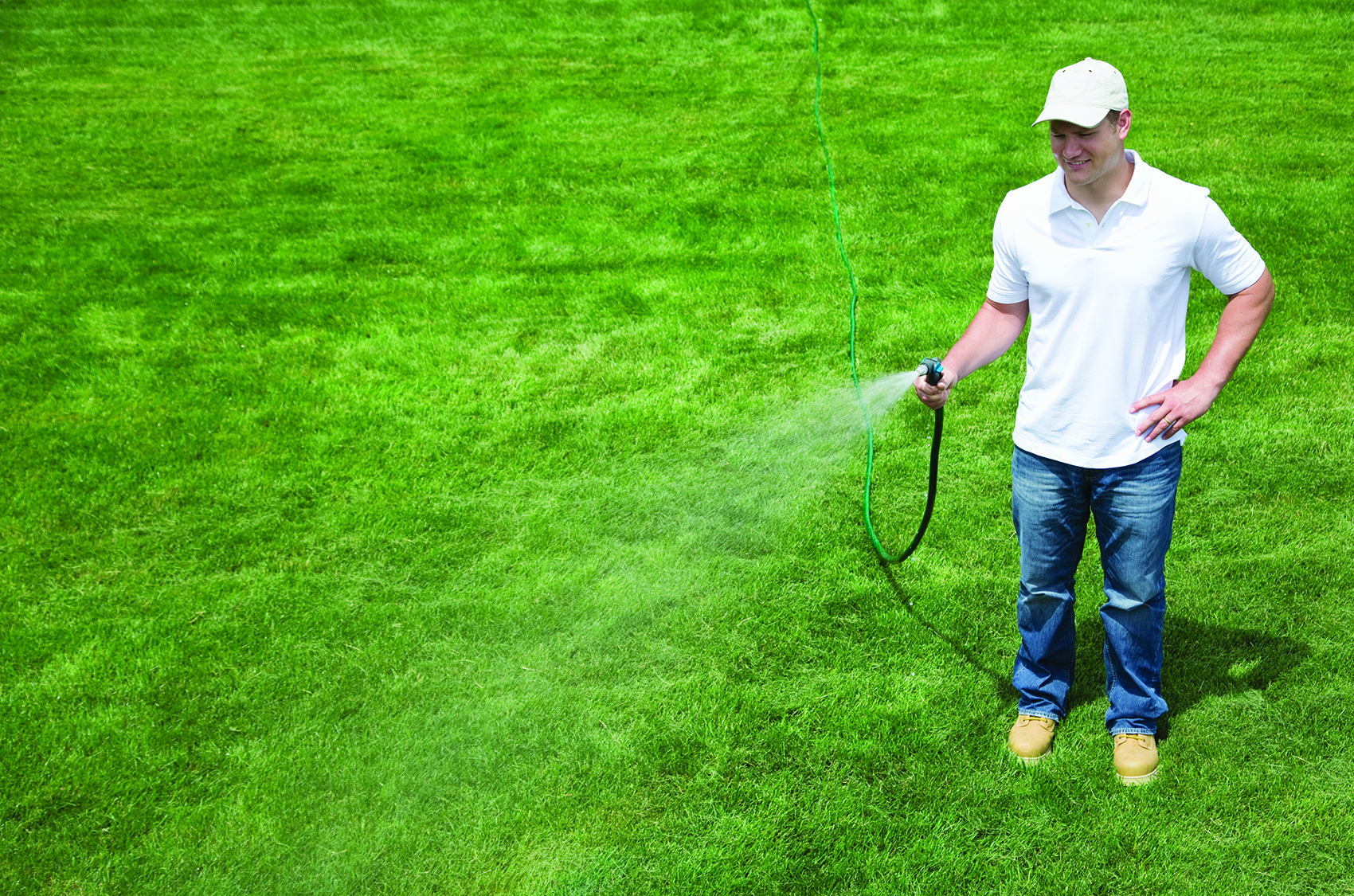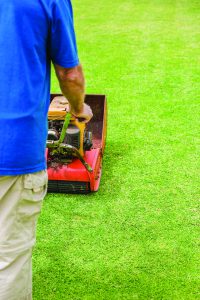Sod, sometimes called turf, can quickly turn a barren landscape into a rich, thick carpet of green. Homeowners hoping to revive their lawns commonly turn to sod as the quickest means to do just that. However, once the sod has been laid down, few homeowners may know how to keep it looking its best.
 Sod is real grass that is grown on special farms. It is generally grown locally to avoid long transport times that could dry out the product. Sod is typically sold in squares or rolls of grass that come with the roots and soil already attached. There may be some sort of thin backing material on the sod to keep the grass blades together.
Sod is real grass that is grown on special farms. It is generally grown locally to avoid long transport times that could dry out the product. Sod is typically sold in squares or rolls of grass that come with the roots and soil already attached. There may be some sort of thin backing material on the sod to keep the grass blades together.
Many homeowners turn to sod when growing lawn from seed becomes problematic or too time-consuming. Seeds can be blown around in the wind or be eaten by birds and other animals before they have a chance to germinate.
Sodding a lawn is a major investment, costing as much as $1 per two-foot square. Depending on the size of your lawn, this can be a costly job even before adding the cost of additional supplies, such as soil, fertilizer and tilling equipment. Many homeowners who install sod want to ensure their investment lasts. Here are the main ways to care for and protect sod until it is fully established.
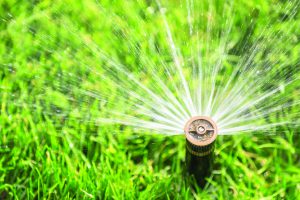
* Once the sod has been laid down, the lawn should be thoroughly soaked with water. Most experts recommend soaking it to a depth of 6 inches.
* It is important to establish a watering schedule to keep the sod moist. Water the sod to a depth of one inch every other day for the first three weeks to enable the roots to securely establish themselves in the soil.
* Water the sod every other day unless the weather has been very warm. After four weeks you can generally go up to five days without watering as long as you transition slowly. The sod will change colors if it is not getting enough water. Never let the lawnturn yellow, otherwise you may have to cut out dead spots and re-sod.
* Wait two to four weeks before mowing the sod. Keep the lawnheight to around two inches to ensure that it won’t scald in the sun.
* After two months of established sod growth, aerate the sod to keep the soil from being too compact and to enable oxygen and nutrients to get into the soil.
* Keep children and pets off of the sod while it is establishing itself.
* Fertilize the lawn every 50 to 60 days, beginning in March and ending in October.
* Inspect the sod for pests, which may include insects or problems like fungi or weeds. Treat accordingly with products designed to remove pests.
Using sod to establish a lush lawn is a fast, albeit more expensive option to sowing seeds. After a few weeks the lawn will be thick and secure.
GT134007


